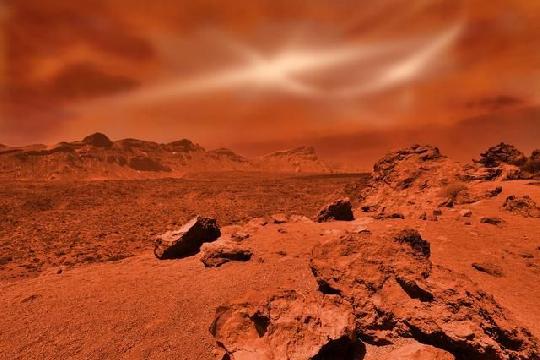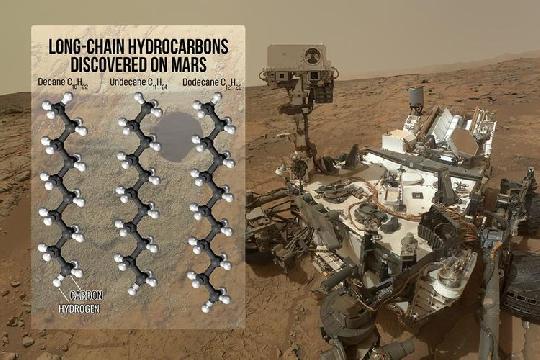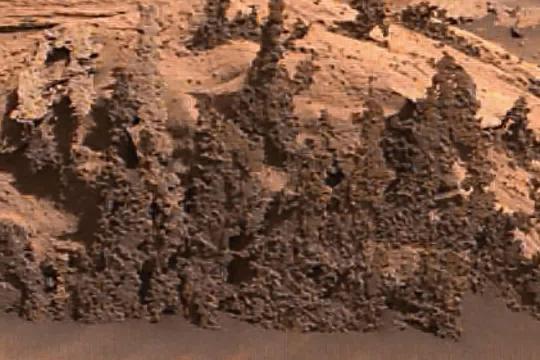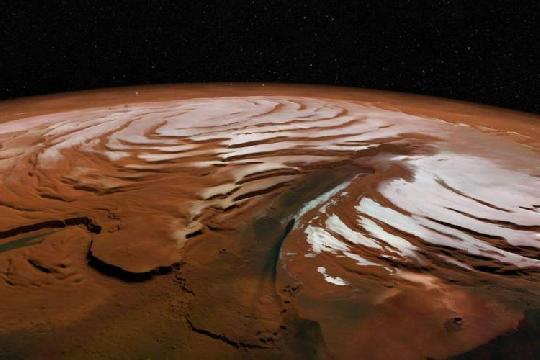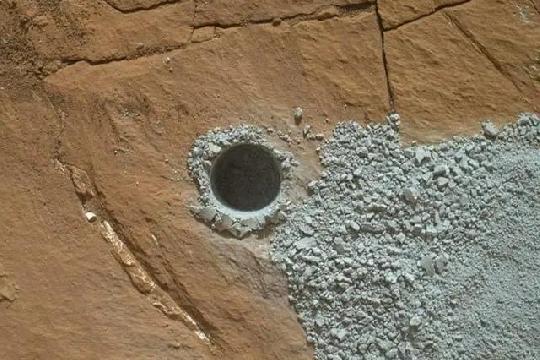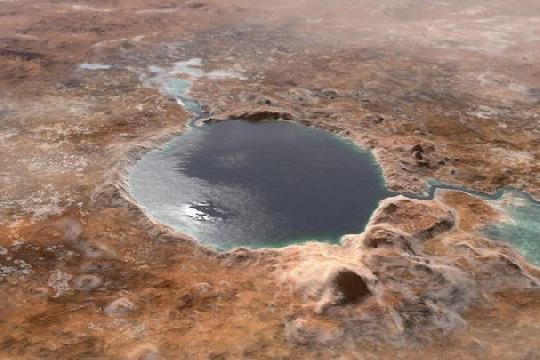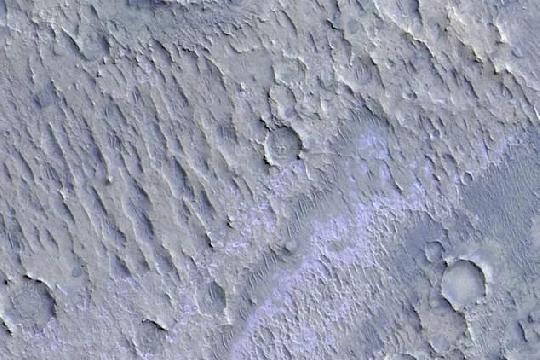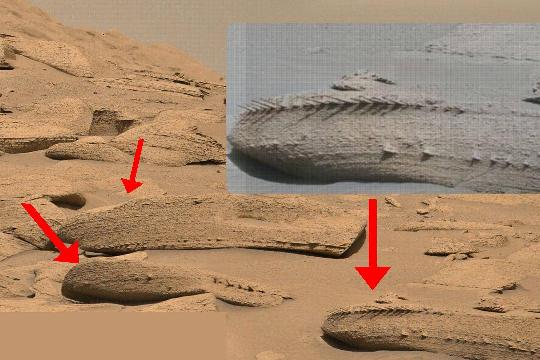Top 10 Mars Life Evidence
The search for evidence of life on Mars has been a significant focus of numerous space missions and scientific research. While no definitive proof of life, past or present, has been found as of my last update in July 2025, there are several intriguing findings that have fueled speculation and further investigation. Here are ten pieces of evidence or discoveries related to the potential for life on Mars:
